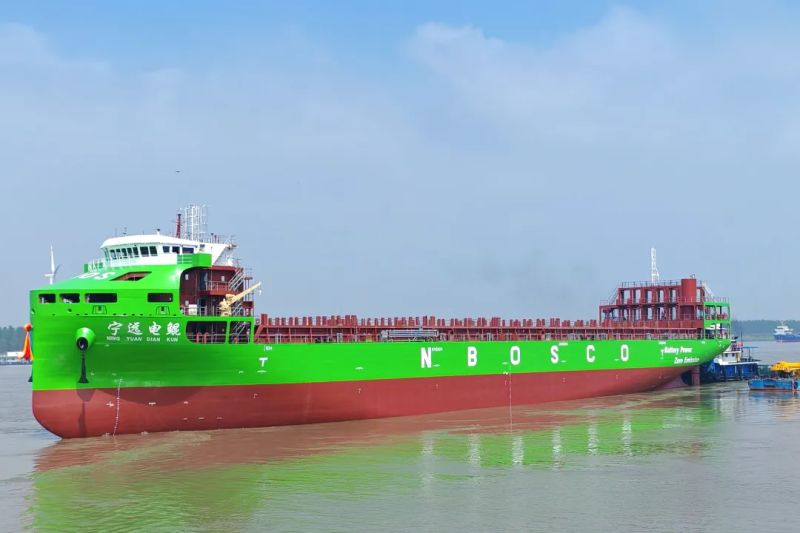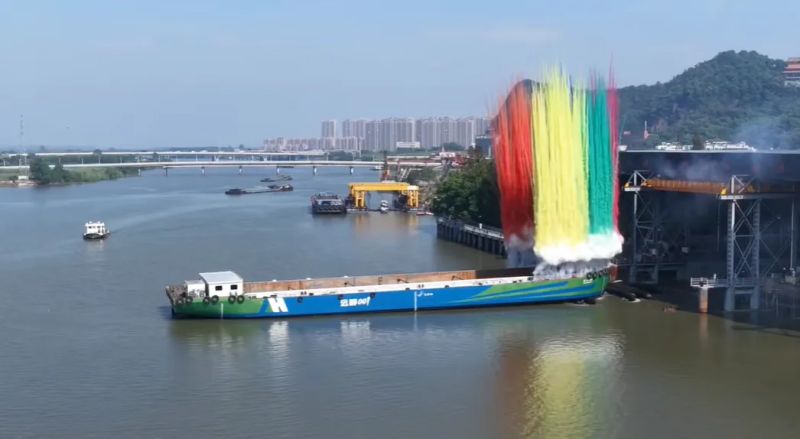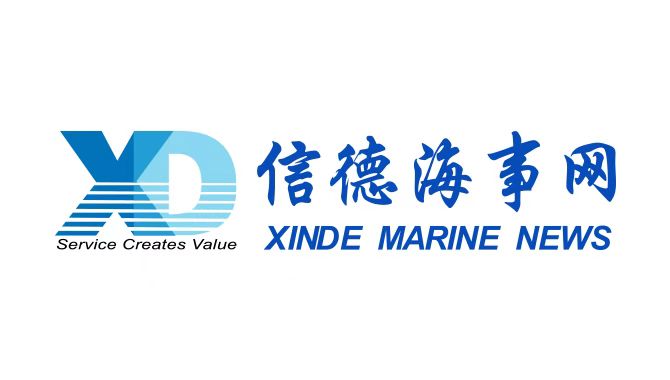By Capt. Harshvardhan Kumar, Director – Marine Technical Services, Charles Taylor
In July this year, the Ever Feat, operated by Evergreen, ran into severe weather off the coast of southern Brazil. Rough seas caused 30 to 40 containers to be crushed, dislodged, or left teetering off the deck. Some of the damaged units were carrying fertiliser, raising concerns about hazardous material management and potential environmental fallout. According to experts, heavy vessel pitching and rolling could have played a role in causing the container stacks to strain under pressure.
This was not an isolated incident. Rather, it is a stark reminder of how vulnerable cargo can be in rough seas. According to the World Shipping Council, an estimated 576 containers were lost at sea in 2024, with a 10-year average of 1,274 a year. Besides these, numerous containers do arrive safely in ports but with the cargo within damaged due to the forces encountered at sea, leading to contested claims as insurers deny claims based on Institute Cargo Clause 4.3.
Understanding the forces at sea
When a container ship encounters inclement weather, the forces at sea can be intense. Even well-secured cargo can shift if it has not been packed properly. Once a single container is compromised, it can set off a domino effect – posing risks to the crew, vessel, and marine environment. To prevent this, it is important to understand the dynamic forces at play during marine transit.
Pitching refers to the up-and-down motion of the vessel’s bow and stern (or front and back of the ship) as it moves over waves from the front or rear. Rolling is the side-to-side movement across the port and starboard (or left and right), usually caused by waves hitting the vessel broadside.
In adverse weather, a container ship can experience rolling of up to 45 degrees. If you multiply that by thousands of roll cycles over a voyage, the cumulative stress on cargo and the securing arrangements can be immense. These repetitive forces test the strength and integrity of lashings, container fittings and packing within each unit.
One of the most dangerous forms of rolling is parametric rolling – when wave patterns align with the ship’s natural roll frequency, especially when waves strike from the front or rear. This can occur without warning, can cause violent rolling, even in moderate sea conditions, and is a known contributor to container stack failures. Even if the containers on the vessel survive the rolling, the cargo within is subjected to severe stresses and these can remain unnoticed till the container is opened at the destination.
Case study: APL England
On 24 May 2020, the APL England was sailing from Ningbo, China to Melbourne, Australia when it lost propulsion in rough seas around 46 nm southeast of Sydney. During this time, the vessel rolled heavily, and container stacks collapsed under heavy stress.
The consequences were severe. Fifty containers were lost overboard, including one carrying hazardous dry powder fire extinguishers. An additional 63 containers were damaged but remained onboard.
An investigation by the Australian Transport Safety Bureau (ATSB) revealed that intense rolling and pitching – triggered by gale force winds and a temporary loss of propulsion – led to the incident.
The role of proper packing
While rough seas and vessel movement are beyond human control, how cargo is packed and secured can make a critical difference.
Many shippers rely on past experience rather than best practice, assuming that if damage has not happened yet, the method is good enough. However, all it takes is one instance of extreme motion for that assumption to fail, and with catastrophic consequences.
Poor practices include, but not limited to, incorrect weight declarations, especially under-reporting actual container weights; improper load distribution (e.g., heavy cargo on top tiers); inadequate packing inside containers despite secure external lashing; and partial or inadequate securing of upper tiers.
These poor practices may lead to damaged cargo, environmental hazards, financial loss, and denied insurance claims.
The CTU Code and why it matters
The Code of Practice for Packing of Cargo Transport Units (CTU Code) is a joint publication by the International Maritime Organization (IMO), the International Labour Organization (ILO), and the United Nations Economic Commission for Europe (UNECE). Although non-mandatory, it serves as a globally recognised standard for the safe packing of shipping containers and other cargo transport units (CTUs).
The CTU Code is designed to support all stakeholders across the intermodal transport chain. It promotes safety, security, and environmental protection throughout the cargo journey and is widely adopted by industry professionals and referenced in insurance assessments and claims evaluations.
Following the Code reduces the risk of damage, improves safety, and helps prevent disputes. According to a 2023 study by researchers at Italy’s Politecnico di Torino, companies that implemented the CTU Code saw costs and penalties reduced from €670,000 to €13,000, and extra costs as a percentage of revenue cut down from 37% to 10%.
Best practices
Proper packing is one of the most effective ways to minimise risk during marine transit. The people who pack and secure the cargo in a container would probably be the last ones to look inside the unit till its opening at the destination. This, all the people in the supply chain including road and or rail transport workers, crew members of any inland or ocean transport vessels, terminal operators in ports and others who have a duty to inspect the cargo and finally, those who unpack the unit, rely on the securing carried out at the origin. Clearly, poor or insufficient practices continue to be a leading cause to cargo damage and loss claims.
Compliance with the CTU Code and ensuring personnel are trained in proper securing techniques and verifying container weight and load distribution are best practices and safeguards against cargo damage and loss.
When something goes wrong, insurers and marine surveyors will carefully examine how the cargo was packed and secured. If investigations reveal that basic standards were not followed, claims may be reduced or denied entirely.
At sea, being prepared makes all the difference. Weather and vessel motion may be unpredictable, but packing and securing cargo is within our control. Proper packing not only prevents damage, but also protects people, cargo, and reputation.
by Capt. Harshvardhan Kumar
The opinions expressed herein are the author's and not necessarily those of The Xinde Marine News.
Please Contact Us at:
media@xindemarine.com



